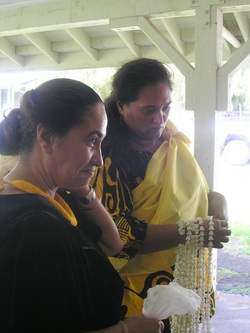
that way. Are they going to have to answer for me? Or can they stand proud because of me? One day, you know if we had those signs again, the kūʽēʽē petition and sign display to honor us in this time, I hope I’d be on a sign because I’m working very hard. To me that’s the pono. It’s not only about people but what’s right for balance and vibration, energy,
harmony and alignment between the land and the people. It’s about what’s right for your island or your home anywhere.”
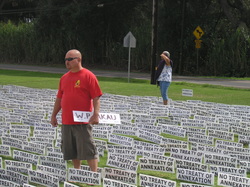
to stand behind these kūpuna who had the courage to say a resounding “Aʽole!” to annexation by signing a petition that ultimately collected close to 21,000 signatures. We are gathered to participate in a re-enactment play, “Ka Lei Maile Aliʽi”,inspired by an article, “Strangling Hands Upon a Nation’s Throat”, written from the experiences of Mrs.
Miriam Michelson, a San Francisco Call reporter, present for a meeting at the Salvation Army in Hilo to protest the annexation of Hawaii and to gather signatures on a petition. This meeting was one of many held throughout the islands through Hui Aloha ʽĀina o Nā Wāhine (Women’s branch of the Hawaiian Patriotic League), whose mission is “to honor Queen Liliʽuokalani and the women and men who loved and supported her during and after the overthrow in 1893, as well as today.”
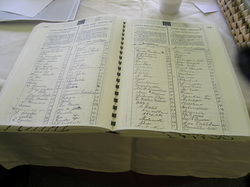
Hawaii viewing the petition, it was Dr. Silva who returned it to Hawaii, where it was displayed at the Bishop Museum in 1998, representing the “…true unified voice of Hawaii’s people.” Also, around the same time, the article written by Miriam Michelson was found and became the inspiration for the interactive play. In reality, the Hawaiians didn’t give in to annexation, but instead mounted an arduous grass roots village to village campaign to collect signatures on the petition against annexation and a petition in support of the monarchy. “Even as a teacher, I thought our kupuna gave up, we didn’t know, we weren’t taught,” said Pua Case.
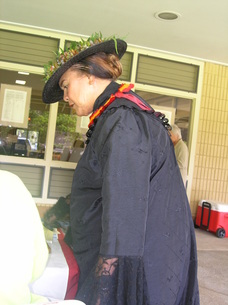
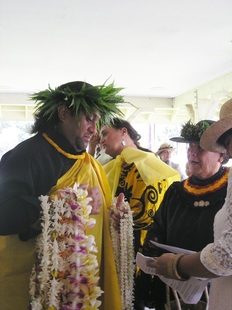
Pomai and Kealiʽi Bertelmann, Hawane Rios and Keala Kehuanui circulated with lei for the many kūpuna present, for “Today is all about honoring our kūpuna and our kūpuna are really outside there on the lawn today. They are planted firmly; they are standing strong and they are still with us,” proclaims Pua by way of introduction. “The reason to bring it (the play) here to you today is very simply this: Years ago, I found my great grandmother’s name on the petition that I never knew about, like maybe many of us. I found her name, from Kohala at age 14 at the display at the Bishop Museum and then in August, I was able to see this play and to see the kūʽēʽē signs displayed on Oʽahu. And when I saw it there, I thought, it’s really got to come to Waimea, because there’s so many of our kūpuna’s names on there. I saw Lindseys’, I saw Purdys’, I saw Bells’, I saw Husseys’. I said, whatever it takes, I’m going to bring it to our community. And this is whatever it takes and we here.”
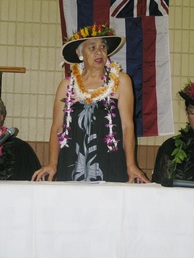 Aunty Maile is a cultural arts practitioner
Aunty Maile is a cultural arts practitioner 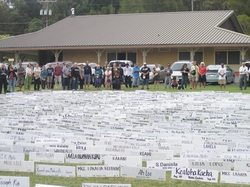
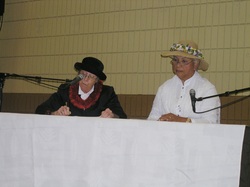

righteousness of that ancient culture that despite the many incursions, it continues. The waʽa, our many kumu, musicians, dancers and activists are shining their light all around us. But it’s not just Hawaiian Culture that is at risk here, but the health and survival of the planet. Look to the kūpuna, whose wisdom charted the way across the Pacific and for many centuries the way of harmonious living. A large wave is made up of many individual drops, just as the inches high book of signatures speaks with the voices of many kūpuna. Those voices still live within each of us and are the place from which healing begins, radiating out to theʽohana and the community, quiet, steady, Pele’s fire tamed to create and sustain life.
 RSS Feed
RSS Feed
